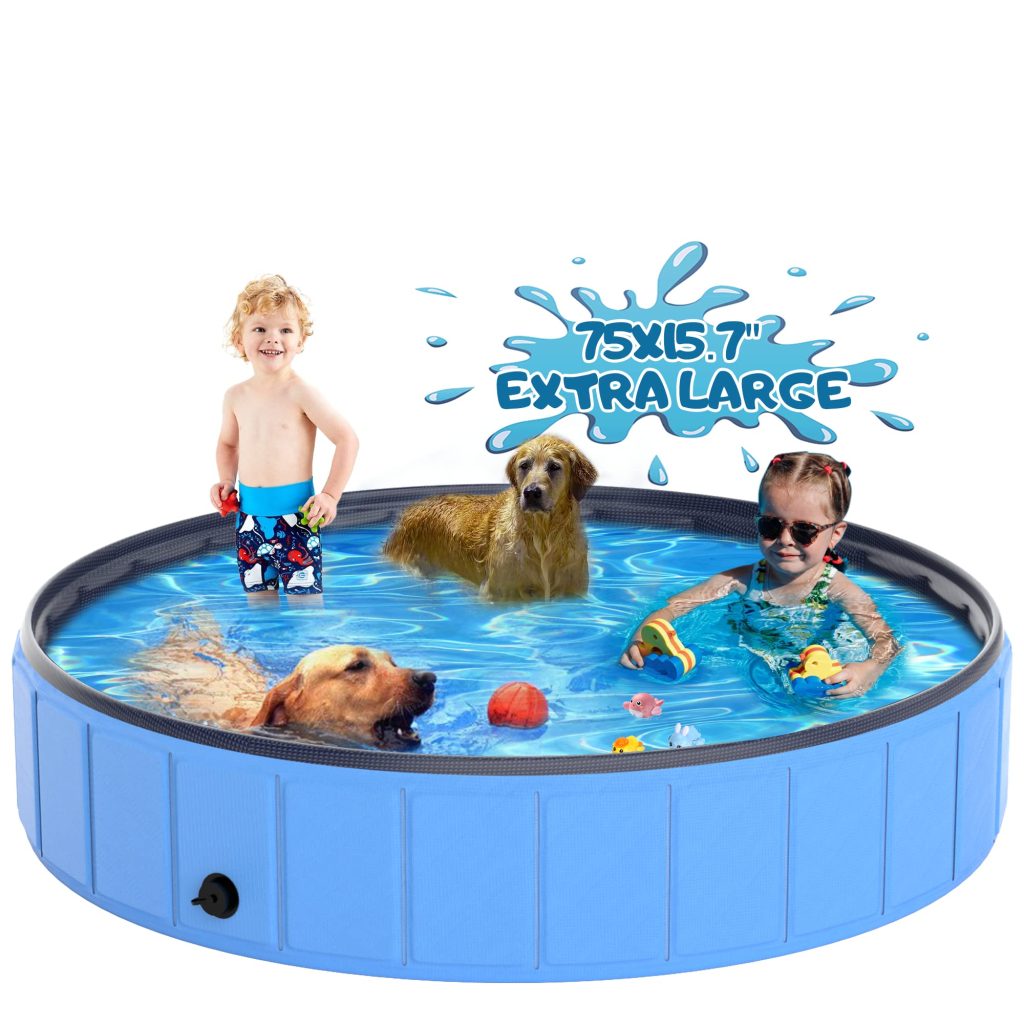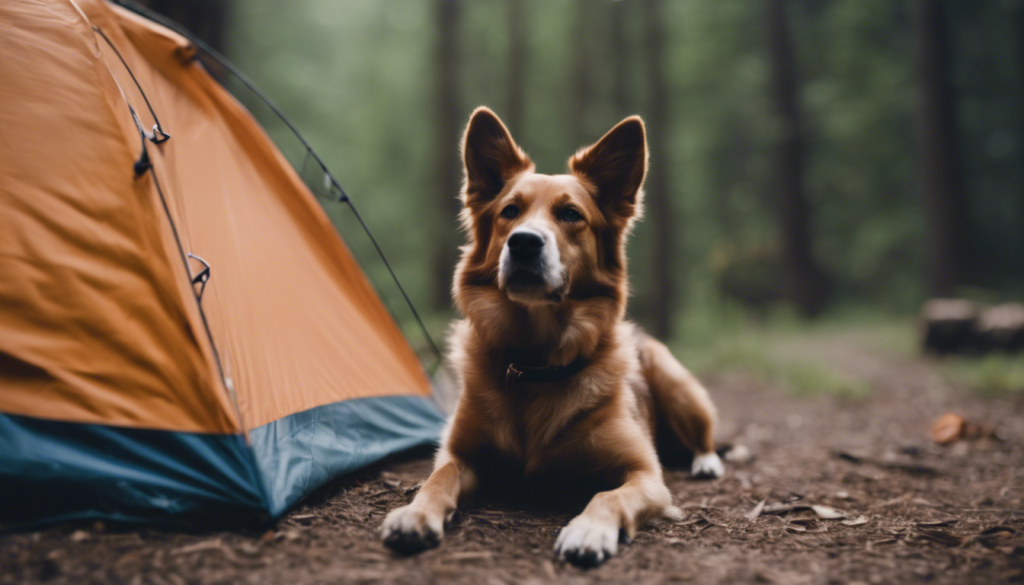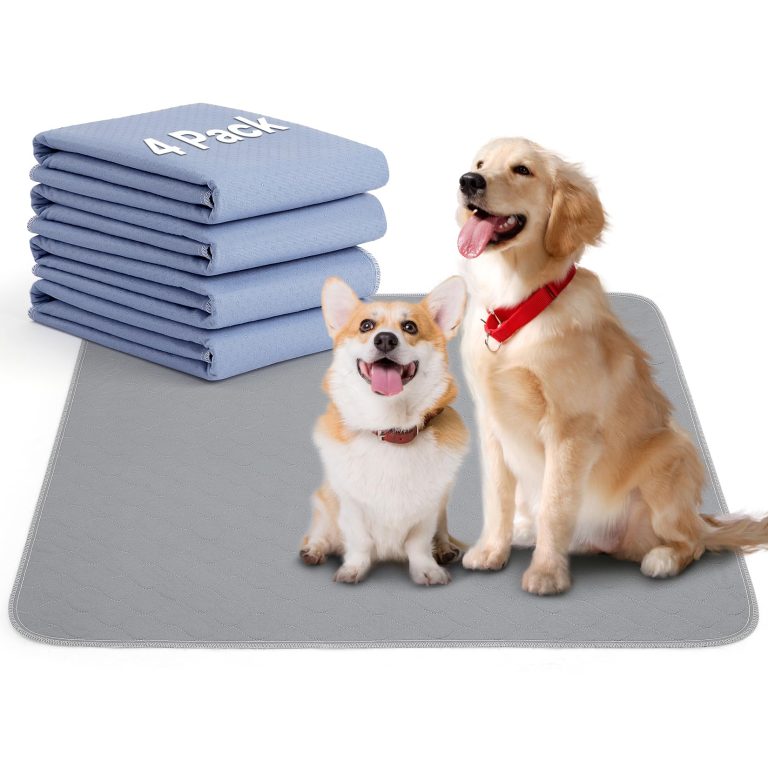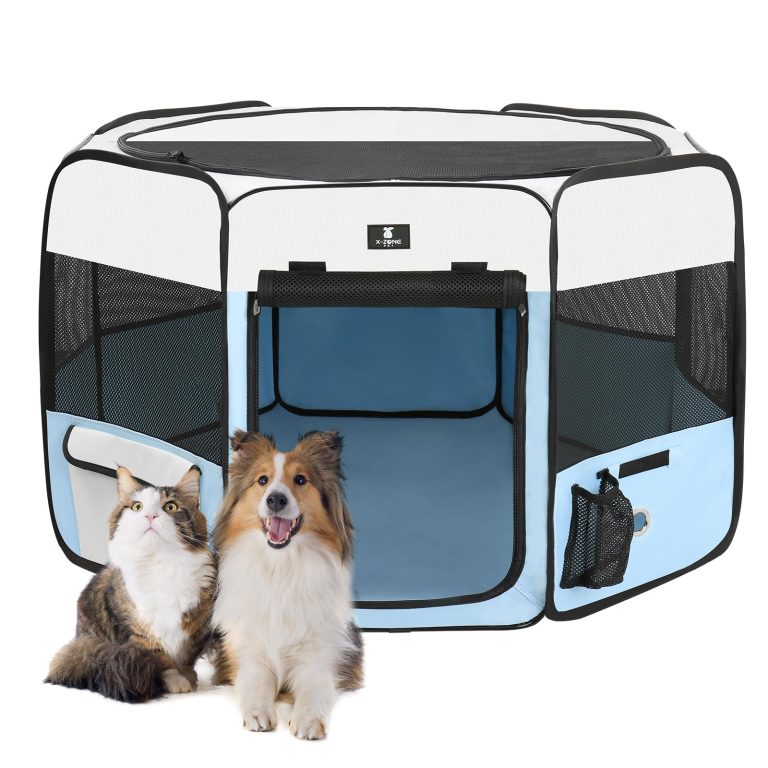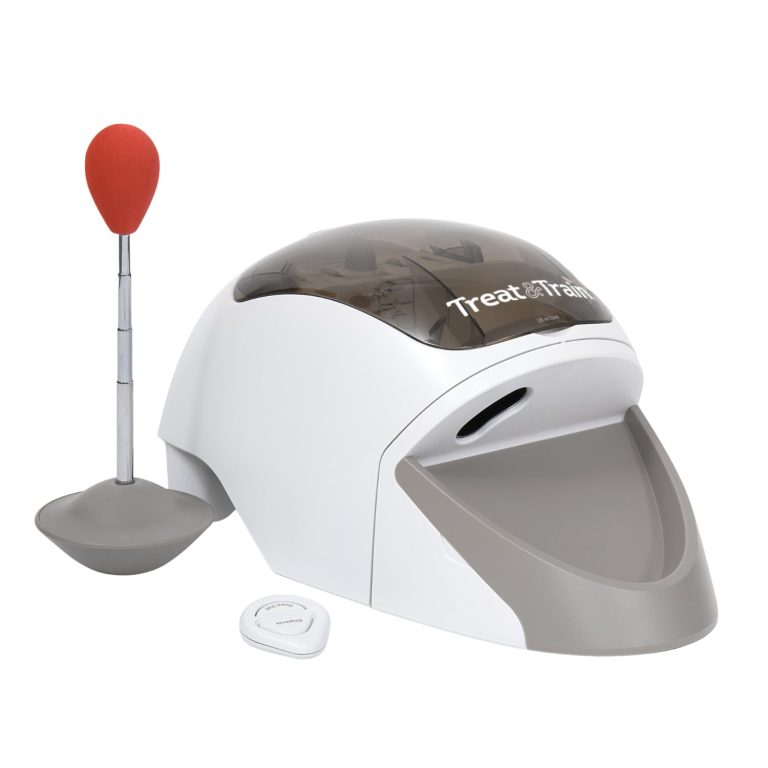Training Your Dog to Be a Polite Air Travel Companion
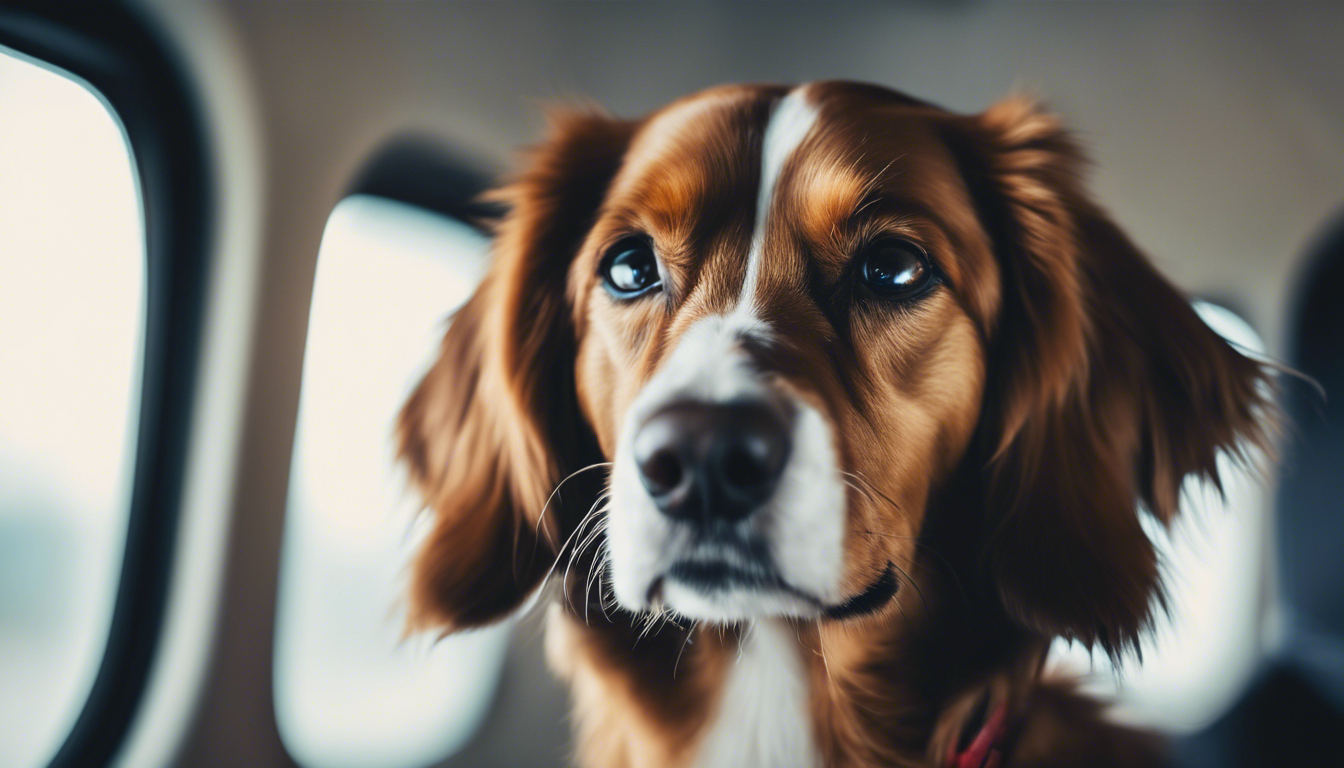
Traveling with your furry friend can be an exciting adventure, but it also comes with its challenges. If you’re planning to take your dog on an air journey, training them to be a polite air travel companion is important for a stress-free and enjoyable trip. With the right techniques and consistent training, you can ensure that your dog behaves well and remains calm throughout the journey.
Behavior Training
Basic behavior training forms the foundation of a well-behaved dog. Before even considering air travel, make sure your dog has mastered essential commands such as sit, stay, come, and leave it. These commands come in handy during the flight and will help you establish control over your four-legged friend.
Additionally, leash training is essential. Your dog should be comfortable walking on a leash without pulling or becoming aggressive towards other animals or people. Practice walking your dog in busy environments to expose them to different distractions and stimuli they may encounter during travel.
Top tips for behavior training:
- Stay consistent with training sessions, using positive reinforcement to reward desired behaviors.
- Be patient and understanding during the training process – each dog learns at their own pace.
- Avoid punishments or negative reinforcement, as they can lead to fear and anxiety in your furry friend.
- Seek professional help if needed, especially if you’re facing significant challenges in training your dog.
Companionship
Dogs are social creatures that thrive on companionship. Ensuring your pet feels safe and comfortable during air travel is essential for their well-being. Spend quality time with your dog, engaging in activities that create a strong bond between you both.
Frequent socialization is important to accustom your dog to new experiences and environments. Take them to different places, expose them to various sounds, sights, and smells. This will help them remain calm in unfamiliar situations, whether it’s at the airport or on the plane.
Furthermore, crate training is highly recommended for air travel. The crate should become a familiar and secure space for your dog. Gradually introduce your pet to the crate by associating it with positive experiences like treats and comfort. Practice leaving your dog in the crate for short periods, gradually increasing the duration.
Top tips for companionship:
- Allocate dedicated playtime and cuddle sessions with your dog every day.
- Engage in activities that challenge your dog mentally and physically, such as puzzle toys or obedience training exercises.
- Introduce your dog to new environments gradually to prevent overwhelming experiences.
- Ensure your dog has a comfortable and properly sized crate for air travel.
- Develop a consistent routine to provide stability and reduce stress for your furry friend.
Avoiding Common Challenges
Traveling with a dog can present some unique challenges, but with preparedness and planning, you can navigate these obstacles effectively.
One common issue is motion sickness. Consult your veterinarian for appropriate medication or natural remedies to alleviate this problem. Acclimatize your dog to the motion of a moving vehicle before the flight by taking short drives or walks in a pet stroller.
Toilet breaks can be a challenge in airports or during the flight. Prioritize potty walks before entering the airport to minimize accidents. Additionally, carry potty pads and waste bags to handle any unforeseen circumstances.
Lastly, ensure your dog has a proper identification tag with your contact information. In case of any unplanned escapes or separation, this will increase the chances of a safe reunion.
In conclusion, training your dog to be a polite air travel companion requires consistency, patience, and positive reinforcement. By focusing on behavior training and building a strong companionship with your furry friend, you can overcome common challenges and create a harmonious travel experience for both of you.
